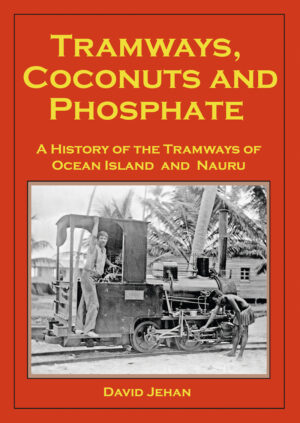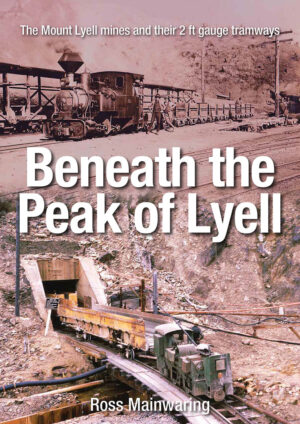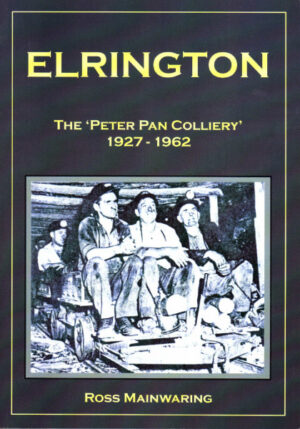Subtotal: $3.00
Shays, Crabs and Phosphate
$33.00 inc. GST
Out of stock
Shays, Crabs and Phosphate
THIS BOOK IS OUT OF PRINT
A History of the Railways of Christmas Island, Indian Ocean
By David Jehan
ISBN 978-0-909340-45-2
|
Christmas Island, Indian Ocean, is located 1300 km south of Singapore and 2600 km north-west of Perth. It is a small island, the length of the coast being only 80 km. It became an Australian external territory in 1958. Prior to that it had been under the administration of the then British colony of Singapore. For most of the twentieth-century the major activity was the mining of phosphate deposits, for the manufacture of superphosphate. To transport the phosphate to the port, a system of industrial railways was built, on gauges of 2 ft (610 mm) and 4 ft 8½ in (1435 mm). For such a small island, the variety of locomotives – both steam and internal-combustion – was remarkable. They came from Australia, Canada, Germany, the United Kingdom and the USA. As this book explains operating and maintaining them in such a remote location provided a constant challenge. Included were three 70 ton geared Shay locomotives, a type of locomotive rarely found outside America. But this book does not just describe the locomotives, and the operation of the railway. It explores the way the industry was managed, the living and working conditions, the use of passenger trains, and the unique problems caused by the huge population of crabs living on the island. Locomotives This book gives detailed information on the histories of the forty locomotives which worked on the island. These included twenty-three 2 ft gauge internal-combustion locomotives from Orenstein & Koppel, Robert Hudson, Baguely, and Hunslet, with the oldest dating from around 1912. On the standard gauge there were seven steam locomotives, from Lima, Peckett, and Robert Stephenson & Hawthorn. There were ten standard gauge internal combustion locomotives, from Orenstein & Koppel, Whitcomb, Canadian Locomotive Company, and General Electric. Passenger vehicles … Although the purpose of the railway was carrying phosphate, there were also some facilities for passengers, including stations. There was a Drewry railcar, and three Wickham railcars with five trailers. The main purpose of the Wickham railcars was to provide rolling stock for the âSchool Trainâ. A few flat wagons were also converted to passenger cars. Amongst other things, these were used for the âPicture Trainâ, to take people to the islandâs cinema. There were also two strange vehicles for carrying passengers on an incline. The author This is David Jehanâs third major book. David is a railway engineer, and his previous books include Rack Railways of Australia, and Men, Steel and Iron. The book has been written using the extensive records held by the National Archives of Australia, and information from numerous former Christmas Island phosphate staff now living in Australia and New Zealand. It documents what and how they operated and taps into the social history of the island to give an understanding of the people that were involved. |
|
Soft cover, 136 pages, A4 size, over 160 photographs, 14 maps and diagrams, references, bibliography, and index. |
| Weight | 700 g |
|---|

 Australasian Locomotive Builders Lists 1 - Hudswell Clarke - PDF
Australasian Locomotive Builders Lists 1 - Hudswell Clarke - PDF 




Reviews
There are no reviews yet.